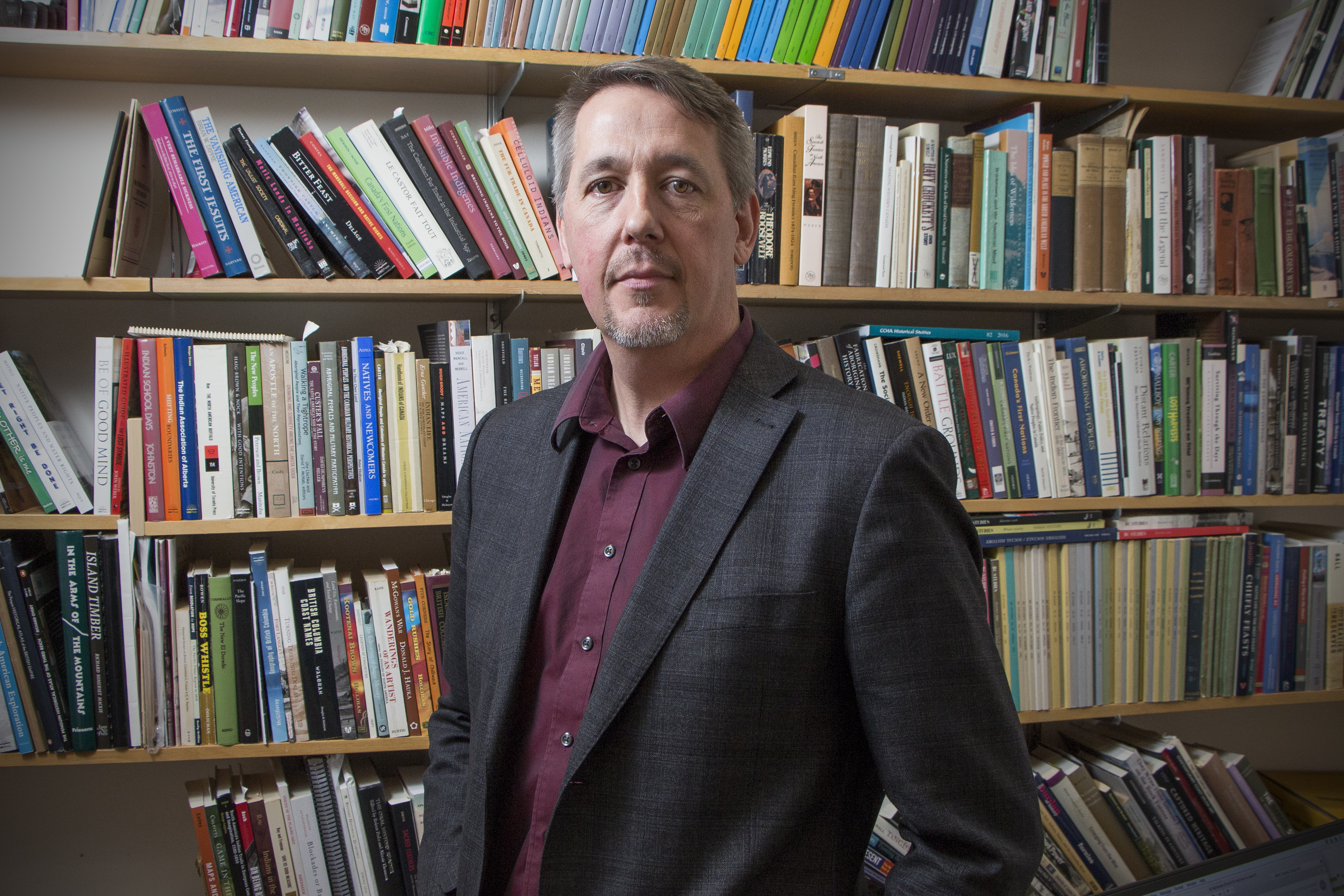
New U of S exhibition showcases historic photos of life in China in 1971
China Through Canadian Eyes opens on Sept. 24 and runs until Oct. 5 at the Gordon Snelgrove Gallery
By Shannon Boklaschuk
A new exhibition on display at the Gordon Snelgrove Gallery is offering visitors a glimpse of China as seen through the lenses of Canadian photographers.
China Through Canadian Eyes, which opens on Sept. 24 and runs until Oct. 5, features photographs taken in 1971 as part of a groundbreaking visit to China by a Canadian delegation.
The exhibition was co-curated by University of Saskatchewan history professor Keith Carlson and Liang Zhao, a visiting scholar from Sichuan University in Chengdu, China. Carlson said Zhao was great to work with and was excited to do something with the historic photos, which offer a unique view of daily Chinese life.
“That’s a period of time that, in China, is still very sensitive—the whole late ’60s, early ’70s,” said Carlson.
In 1971, just 13 weeks after Canada formally recognized the People’s Republic of China, an academic from the University of British Columbia was working to arrange a delegation of Canadian professionals and educators to visit China to promote cultural exchange and understanding. However, a month before the delegation’s scheduled departure, the Chinese government notified the organizers that the exchange would not be approved unless a “peasant” was added to the delegation to represent the Canadian agricultural sector.

Evelyn Potter, a Saskatchewan farmer and then women’s president of the newly formed National Farmers Union, agreed to attend, taking more than 1,200 photographs of life in China during her month-long visit.
Potter, who is now 91 years old, donated the photos to Carlson and to the U of S. Carlson describes Potter as “a remarkable woman” and he believed her photos should be shared publicly.
While some of the photos have artistic flair, Carlson described them primarily as “an earnest, sincere effort by a Canadian who was thrust into this opportunity without necessarily knowing the bigger ramifications of it all.”
“She took photos that documented a time in Chinese history where she got to see and do things with a degree of freedom that was unprecedented up until that time,” said Carlson.
“The kind of things that she did—those efforts to take a chance, to go somewhere, to do something different—that continues. The faculty and the students who have taken part in the Confucius Institute-sponsored China tours, there’s a continuation there, there’s a legacy there, that started with that trip that Potter took in 1971,” he added.
Organized and hosted by the Confucius Institute at the University of Saskatchewan, China Through Canadian Eyes also features scenes of modern daily life in China taken by the educators and students who have been recently sponsored by the Confucius Institute. In total, nearly 80 photographs are showcased, with the majority taken by Potter. The exhibition is also sponsored by the College of Arts and Science, the Diefenbaker Canada Centre, the Gordon Snelgrove Gallery and the Confucius Institute headquarters in China.
During the course of conducting research for the exhibition, Carlson said he learned “how important Saskatchewan grain was to the opening of relations with China and the cooling of the Cold War.” He hadn’t been fully aware of that prior to doing the research, he said.

“I had known that Canada opened diplomatic relations with the People’s Republic of China in 1970—which was ahead of the United States by quite a bit. Canada took a bit of a risk and got some serious pressure, pushback, from the United States for that,” said Carlson.
“What I wasn’t as aware of was that back in 1960, ’61, the Diefenbaker government really ran counter to American policy by saying that they would open up economic trade with China at that time, and America had a pretty firm policy of isolating People’s Republic—and Diefenbaker bucked that.”
Carlson said one of the reasons behind Dienfenbaker’s position was that new technologies in the 1950s had enabled Canadian wheat farmers to produce more grain on an acre than ever before. At the same, however, world prices were declining because of a glut on the market, with Canadian grain sitting idle in elevators.
“Diefenbaker saw the opportunity that existed with the agricultural crisis in China at that time and then he seized it and started to trade,” said Carlson, adding that China went on to become one of Canada’s biggest overseas markets for grain.
“It was that work by Diefenbaker and the Prairie farmers that opened the door for Trudeau and the Liberal Party’s diplomatic relations later.”
Because of the connection to Diefenbaker, the exhibition may be displayed in an expanded form at the Diefenbaker Canada Centre in the future, said Carlson. After its run at the Gordon Snelgrove Gallery, it will also travel to small museums in Western Canada.

